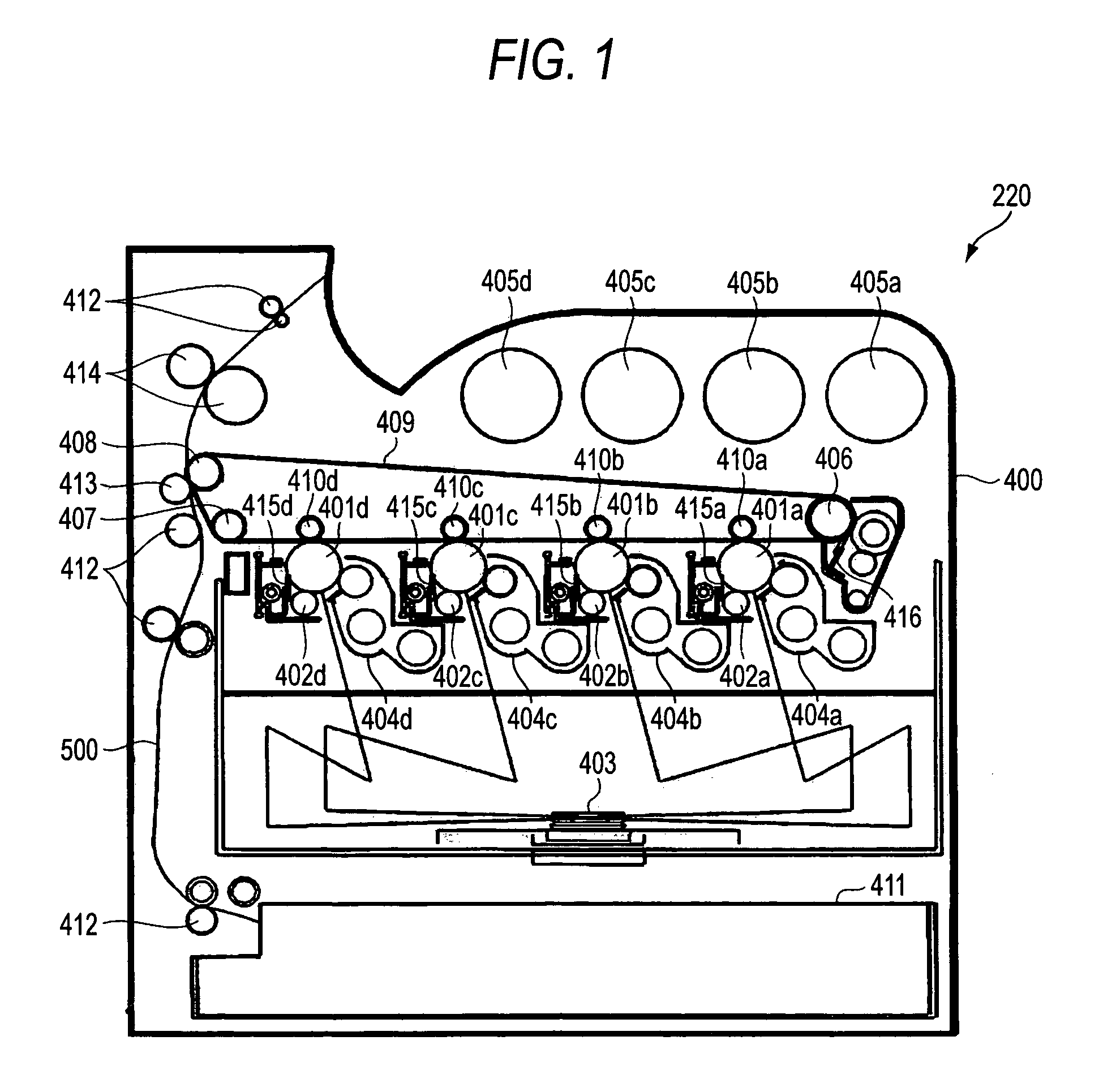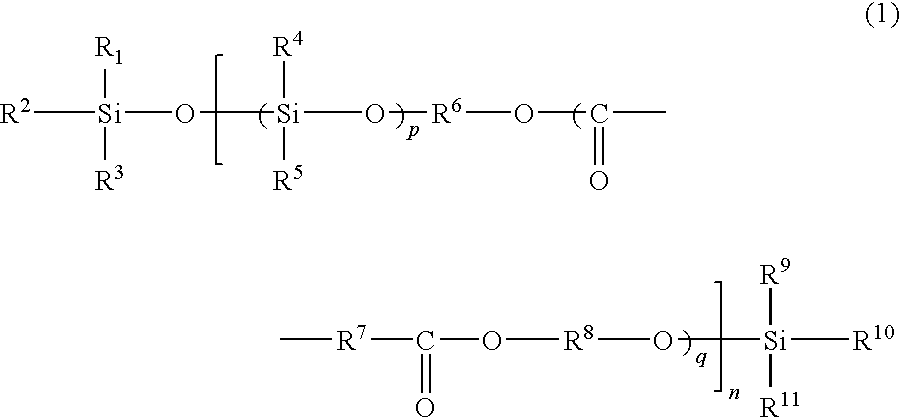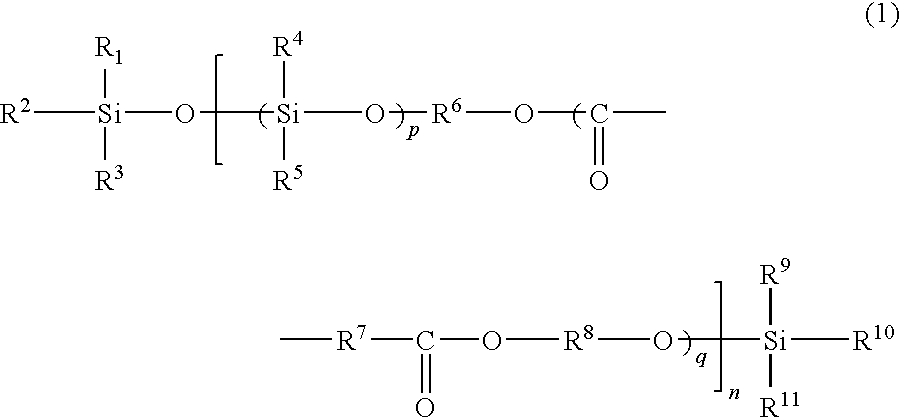Flame-retardant biodegradable material and manufacturing method of the same, flame-retardant biodegradable polymeric composition, and molded product and disposal method of the same
a biodegradable polymer and flame-retardant technology, applied in the direction of biocides, dyeing process, transportation and packaging, etc., can solve the problems of inability to afford the flame resistance of biodegradable polymers, inability to establish a practical method, and inability to meet the requirements of environmental protection, etc., to achieve efficient reuse and low environmental load
- Summary
- Abstract
- Description
- Claims
- Application Information
AI Technical Summary
Benefits of technology
Problems solved by technology
Method used
Image
Examples
example 1
[0071]In this example, as a compound represented by general formula (2), a compound where R1, R2, R3, R4, and R5 are methyl groups, R6 is an ethylene group, and p is 4 (hereinafter referred to as compound (2-1)) is used. As a compound represented by general formula (3), a compound where R7 is a butylene group and R12 and R13 are hydrogen atoms (hereinafter referred to as compound (3-1)) is used. As a compound represented by general formula (4), a compound where R8 is a butylene group (hereinafter referred to as compound (4-1)) is used. Furthermore, as a compound represented by general formula (5), a compound where R8 is a butylene group and R9, R10, and R11 are methyl groups (hereinafter referred to as compound (5-1)) is used.
[0072]Five weight parts of the above-described compound (2-1), one weight part of compound (3-1), one weight part of compound (4-1), and one weight part of compound (5-1) are placed in a three-necked flask and 0.002 weight part of calcium acetate is added to th...
example 2
[0081]First, polymer (III-1) is synthesized similarly to Example 1.
[0082]Subsequently, four weight parts of polymer (III-1) and 96 weight parts of polybutylene succinate / adipate (manufactured by Showa Kobunshi Co., BIONOLE #2000) are placed in a kneader (produced by Technobel Co., Model KZW15-45MG) and underwent melt kneading at 260° C. to prepare pellets.
[0083]The pellets underwent injection molding through an injection molding machine (produced Yamashiro Seiki Co.) at a melt temperature of 270° C. to prepare 1A type test specimens as described in JIS K-7162, 1A type test specimens stipulated by JIS-K-7110, and test specimens for flame resistance test of 100×200 mm in width and length and 3.18 mm in thickness.
[0084]About the respective test specimens thus prepared, the tensile break strength, Izod impact strength, self-extinguishing properties, and biodegradability are evaluated similarly to Example 1. Results are shown in Table 5.
example 3
[0085]First, polymer (III-1) is synthesized similarly to example 1.
[0086]Subsequently, three weight parts of polymer (III-1) and 97 weight parts of polyethylene terephthalate (manufactured by E.I. du Pont de Nemours Co., Biomax WB100) are placed in a kneader (produced by Technobel Co., Model KZW15-45MG) and underwent melt kneading at 280° C. to prepare pellets.
[0087]The pellets underwent injection molding through an injection molding machine (produced by Yamashiro Seiki Co.) at a melt temperature of 290° C. to prepare 1A type test specimens as described in JIS K-7162, 1A type test specimens stipulated by JIS K-7110, and test specimens for flame resistance test of 100×200 mm in width and length and 3.18 mm in thickness.
[0088]About the respective specimens thus prepared, the tensile break strength, Izod impact strength, self-extinguishing properties, biodegradability are evaluated similarly to Example 1. Results are shown in Table 5.
PUM
| Property | Measurement | Unit |
|---|---|---|
| temperatures | aaaaa | aaaaa |
| pressure | aaaaa | aaaaa |
| Temperatures | aaaaa | aaaaa |
Abstract
Description
Claims
Application Information
 Login to View More
Login to View More - R&D
- Intellectual Property
- Life Sciences
- Materials
- Tech Scout
- Unparalleled Data Quality
- Higher Quality Content
- 60% Fewer Hallucinations
Browse by: Latest US Patents, China's latest patents, Technical Efficacy Thesaurus, Application Domain, Technology Topic, Popular Technical Reports.
© 2025 PatSnap. All rights reserved.Legal|Privacy policy|Modern Slavery Act Transparency Statement|Sitemap|About US| Contact US: help@patsnap.com



